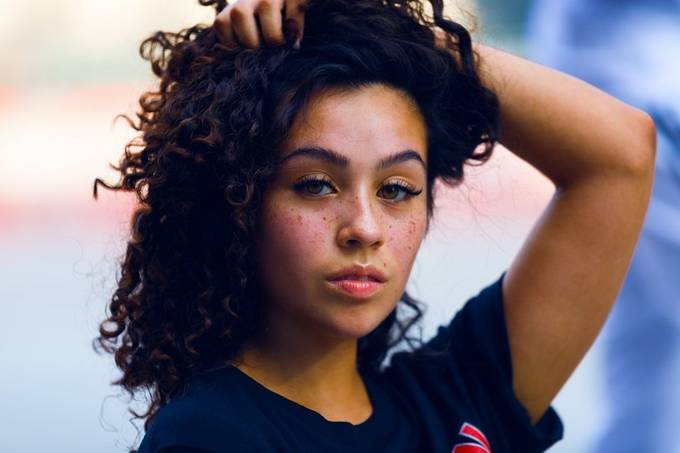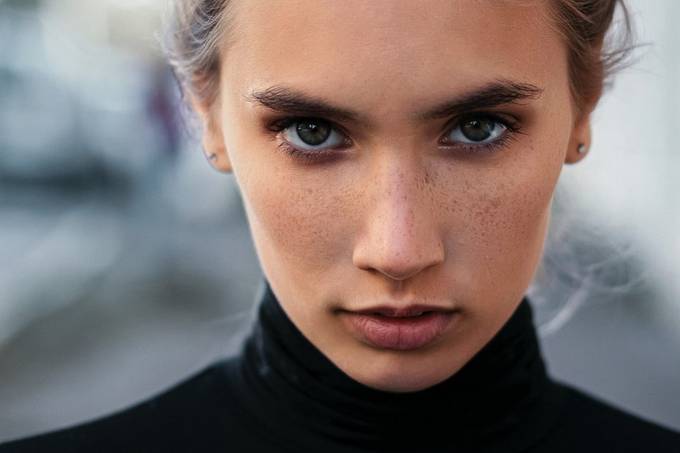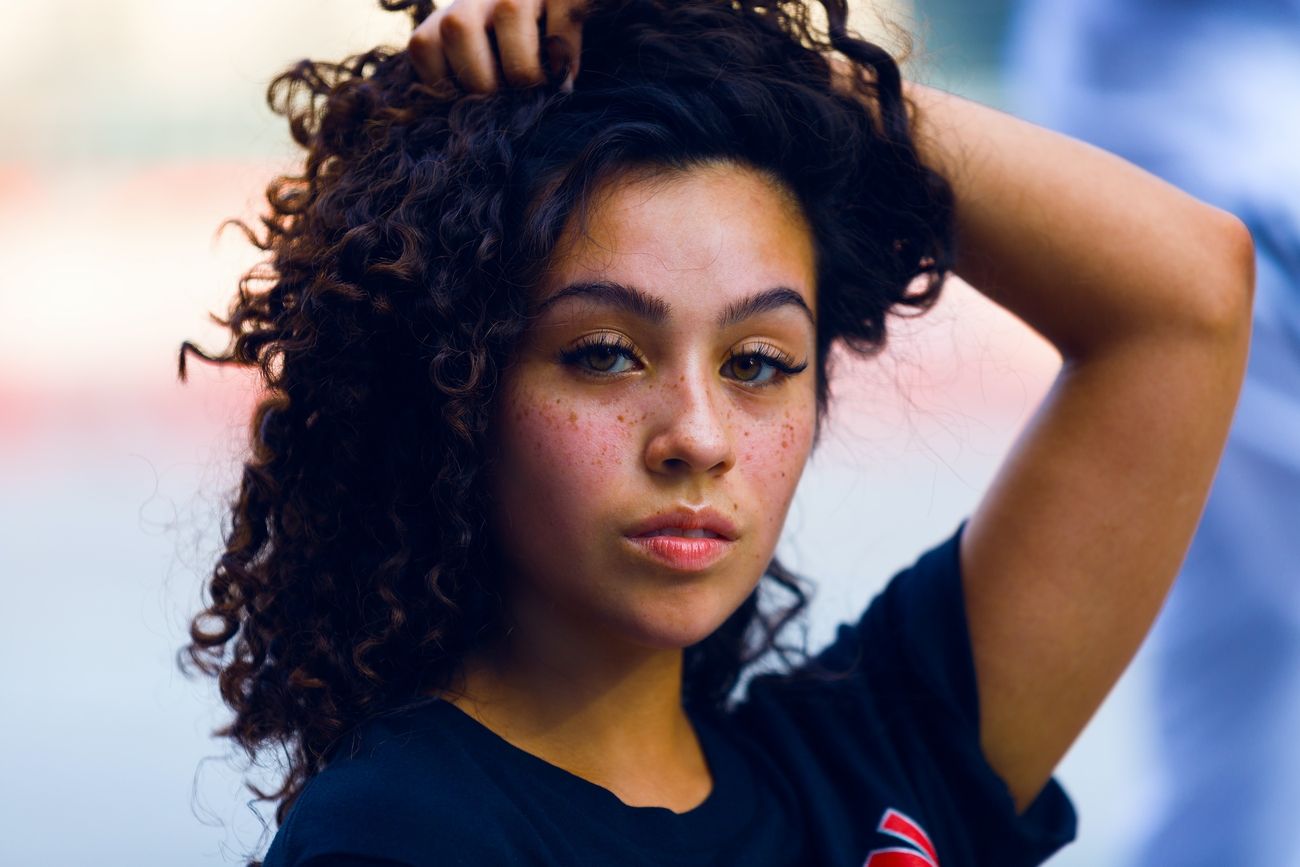Unlock the Secrets of Aperture to Elevate Your Portrait Game
As a portrait photographer, mastering the use of aperture is crucial in creating compelling images. The aperture, a fundamental element of exposure, doesn't just influence the amount of light entering your lens; it's also a powerful artistic tool that can dramatically affect the mood and impact of your portraits. In this blog post, we'll dive into how you can use the aperture to its full potential, particularly focusing on achieving a beautiful, blurry background, known as "bokeh", which brings your subject into sharp focus.

Understanding Aperture: The Basics
Before we delve into techniques, let's quickly recap what aperture is. Aperture refers to the opening in your lens through which light passes. It's measured in f-stops, such as f/1.4, f/2.8, etc. A lower f-stop number means a larger opening and more light, while a higher number indicates a smaller opening and less light.

The Ideal F-Stop for Perfect Portraits
For portrait photography, the sweet spot for aperture lies between f/1.4 and f/2.8. This range is ideal for several reasons:
- Shallow Depth of Field: A key to standout portraits is isolating your subject from the background. Apertures like f/1.4 to f/2.8 create a shallow depth of field, blurring out distractions and ensuring your subject is the star of the show.
- Lens Choices: Many prime lenses, favorites among portrait photographers, offer apertures within this range. The popular 50mm and 85mm lenses, for instance, often come with f/1.4, f/1.8, or f/2.8 options, providing both versatility and quality.
- Balancing Sharpness and Blur: While wider apertures (like f/1.2) produce more blur, they can also narrow the focus too much. Apertures around f/2 to f/2.8 strike a balance, keeping your subject crisp while softening the background beautifully.

Tips for Using Aperture Effectively in Portraits
- Experiment with Distance: The distance between your subject, the camera, and the background can affect the blur. Closer distances between the camera and the subject with a wider aperture intensify the blur effect.
- Mind the Light: Wider apertures let in more light. On bright days, you may need to counterbalance this with a faster shutter speed or lower ISO to avoid overexposure.
- Focus with Precision: At wide apertures, especially close-ups, even slight movements can throw your subject out of focus. Ensure your focus point is exactly where you want it, typically on the subject's eyes.
- Lens Characteristics: Remember, each lens has its unique rendition of bokeh and sharpness at various apertures. Familiarize yourself with your lens to understand how it performs.

Conclusion: Practice Makes Perfect
Aperture is more than a setting; it's a creative decision. By understanding and experimenting with different apertures, you can dramatically enhance the mood and quality of your portraits. Remember, photography is an art, and there are no strict rules. Don’t be afraid to step out of the suggested f-stop range and explore what each setting offers to your creative vision. Happy shooting!


